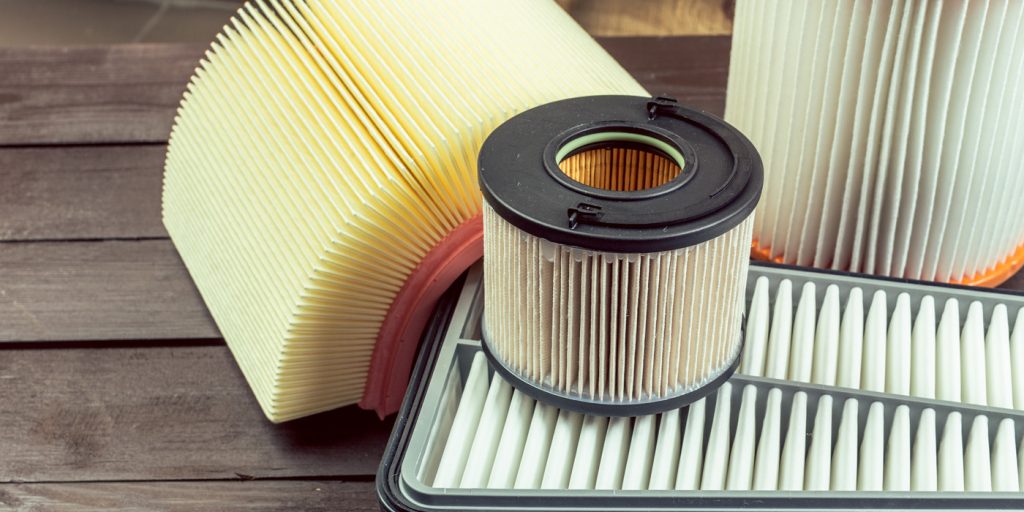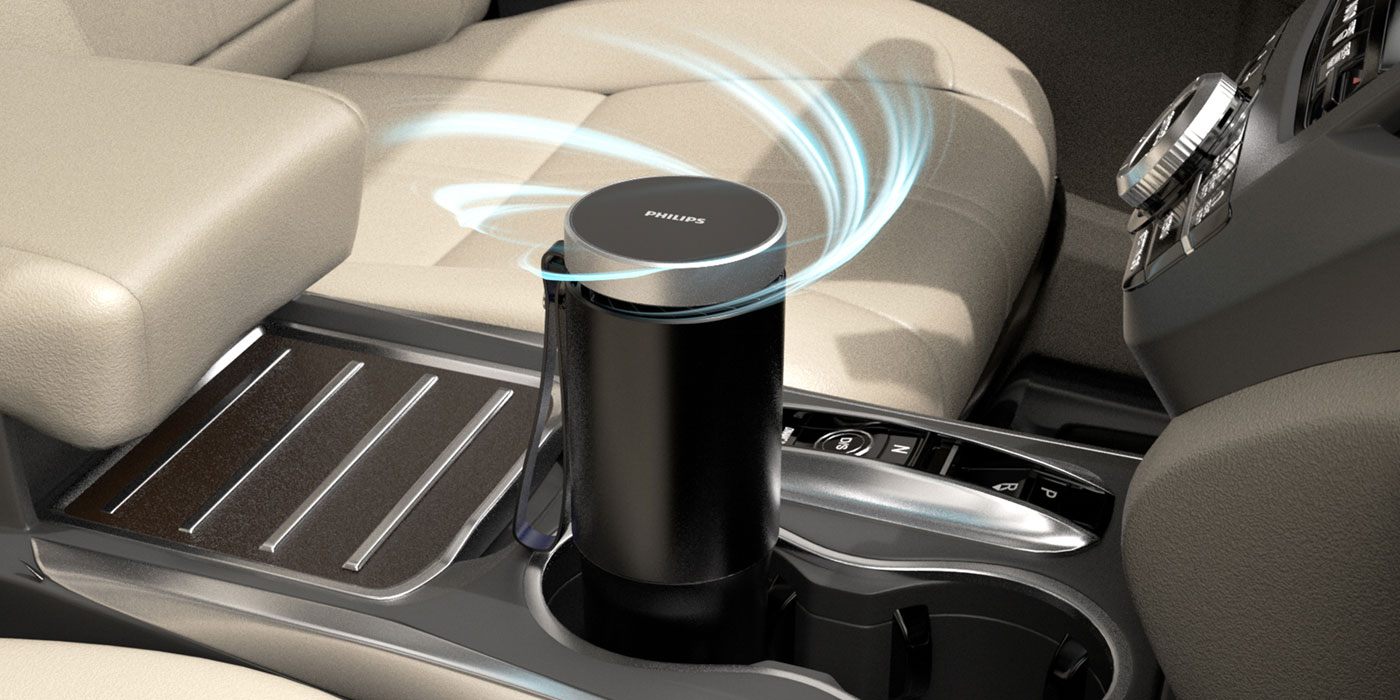When selecting premium-quality air filters, the media matters. This isn’t fake news either. Manufacturers of premium air filters employ a variety of media materials to achieve the best compromise between maximum airflow and particulate filtering. The more dust and debris an air filter catches, the more it chokes the engine’s ability to breathe and produce power.
Air filters typically are subjected to an ISO 5011 protocol test, which involves uniform test procedures, conditions and equipment for a more direct performance comparison of air cleaners. Arguably, the essential part of the test measures airflow restriction or differential pressure, as well as dust-collection efficiency and dust capacity. The test allows manufacturers to try different materials and designs and measure how they stack up to the competition.
Some materials lean more toward airflow and performance, which is the case with cotton-gauze filters impregnated with an oil to trap dirt and dust. These filters are washable and can last the lifetime of the vehicle, but they’re not as good at stopping the finer particles that can destroy an engine over the long haul from getting through.
Traditional paper filters, on the other hand, have been around a long time and catch most small dust particles (down to as low as 1 micron). Still, they can become restricted fast if operated in heavily dusty or polluted environments. Performance and fuel economy drop off significantly as the cellulose paper material becomes clogged with dust and debris. Many vehicle owners don’t regularly maintain their air filter, so millions drive around with less than optimum performance.
Cellulose paper media has evolved and is still the primary material for the majority of air filters on the market today. But design and paper quality vary from manufacturer to manufacturer. Some aftermarket filter companies use high-grade cellulose fibers impregnated with special resins for their premium filters.
Some premium paper filters are treated in a unique production process that prepares the paper for folding and embossing. The number of pleats for a typical air filter is about 75, but this varies per manufacturer. After the paper is folded, it is cured to make it mechanically stable and more resistant to chemical and thermal conditions. The folds help prevent the material from bunching up under high load so air can flow through it under harsh conditions.
As OEMs continue to package the engine bay tighter for aerodynamics and space, there’s less room for traditionally shaped filters, intake tubes and airboxes. Filter manufacturers are continually innovating designs and media that enable them to function in hard-to-access areas of the engine compartment. Today, airboxes are being designed with unconventional shapes, which require new filter materials. Some manufacturers now are using synthetic media such as fleece as an alternative to the cellulose-based (paper) media. Fleece filter media is a synthetic fiber that is arranged in several layers and has a high dust-trapping capacity.
Synthetic filter media apply a more open-pore pre-filter layer on top of a compacted fine layer, which allows for increased dust collection. With conventional cellulose media, dust is collected on the surface, and as it builds up, it creates a difficult-to-permeate dust layer – whereas with fleece, dirt collects evenly on the fibers of the pre-filter layer. The media never completely clogs even when it’s near capacity. A benefit of this media is that the layers can be optimized individually to target dust.
A premium-quality air filter should last at least 12,000 miles, but more importantly, the media must keep the intake air clean and flowing freely throughout its lifespan. Better-quality filters can hold more dust and still flow well. If you can impart that to your customers, they’ll be more willing to purchase accordingly.













